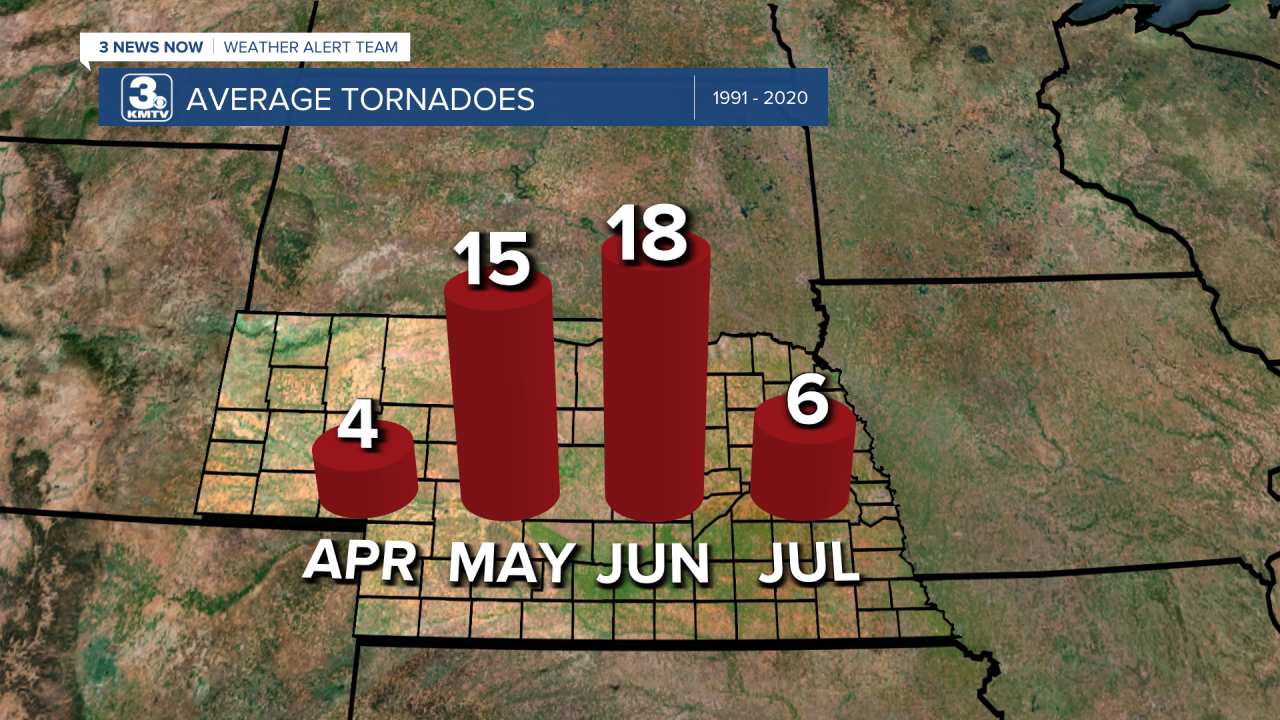If you are more news-savvy, you may have noticed that this year has featured a lot of tornadoes and severe weather stories. If you have noticed this, there is a reason. Perhaps you might wonder how the Arbor Day Tornado Outbreak locally fits into the severe weather season. According to the Storm Prediction Center, 2024 has been the second-most active tornado year on record by tornado reports. So, how many tornadoes have there been? Will we continue to see an active tornado season?
As of May 15, there have been 787 preliminary tornado reports sent to the Storm Prediction Center. There is an important distinction here between tornado reports and actual tornadoes. One tornado can have numerous reports, but it will be classified as a single tornado in the final count. As of writing this on May 15, 658 tornadoes have been confirmed in the United States. Here is the breakdown by their EF-rating:
EF-U - 55
EF-0 (65-85 mph) - 200
EF-1 (86-110 mph) - 306
EF-2 (110-135 mph) - 75
EF-3 (136-165 mph) - 16
EF-4 (166-200 mph) - 2
EF-5 (200+ mph) - 0

Before late April, the majority of the severe weather was focused on the Ohio River Valley and the southeast. The Florida panhandle saw the first tornado outbreak of the year on January 10. Wisconsin had its first February tornado on record in mid-February, and Chicago saw multiple tornadoes in late February. A tornado outbreak in mid-March brought numerous strong tornadoes to Indiana and Ohio.
The April 26 Arbor Day Outbreak brought the traditional tornado alley roaring back to life when numerous strong tornadoes hit the Omaha area. The following day, the first EF-4 of the year happened near Marietta in southern Oklahoma. May 6 brought another major tornado outbreak to the Plains, with tornadoes in western Iowa, plus the second EF-4 of the year that hit Barnsdall north of Tulsa, Oklahoma. Another tornado outbreak on May 8 saw tornadoes impact Tennessee and Alabama, with one tornado that went through Huntsville. Since May 8, tornado activity has lessened across the US.

Although we already have had an active tornado season, the overall pattern is showing that the US is not done yet. For Nebraska and Iowa, our peak severe weather months are May and June, but tornadoes are still possible in July and August. Thus, we have a ways to go before the tornado season is done.


In the more immediate term, a pattern change beginning next week (around May 20) could bring a return to severe weather over the central United States. Looking at the jet stream level of the atmosphere, we see a trough (dip) in the jet stream over the western US. This will allow southwesterly winds to move into the central US, which overlaid with warm air from the Gulf of Mexico is a recipe for severe weather potential. However, the finer details including what days could severe weather happen and who is at risk are yet to be determined.

Enjoy the break while we have it now because the severe weather season looks to come back.


